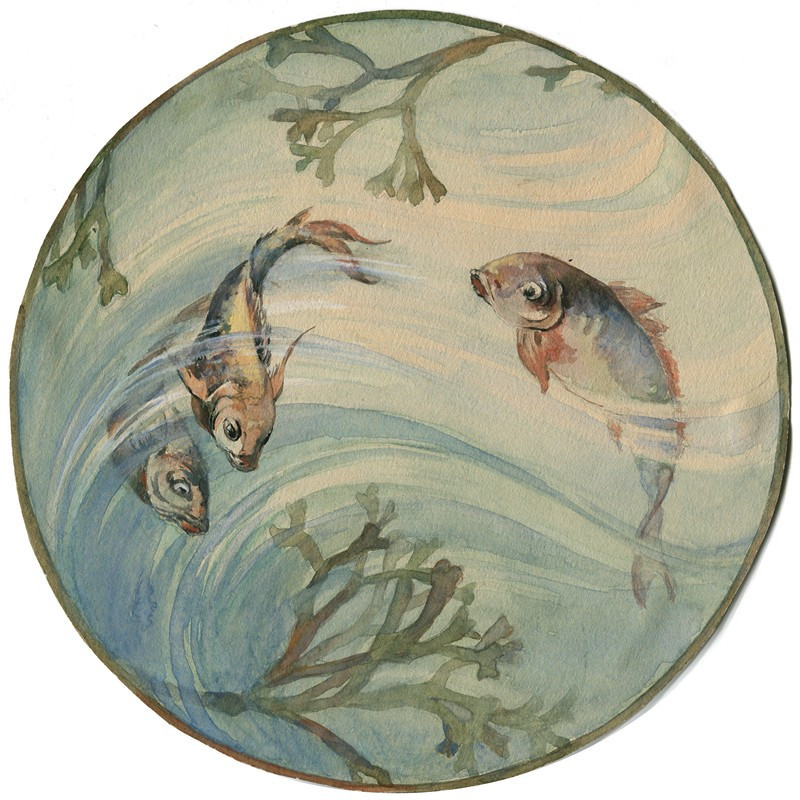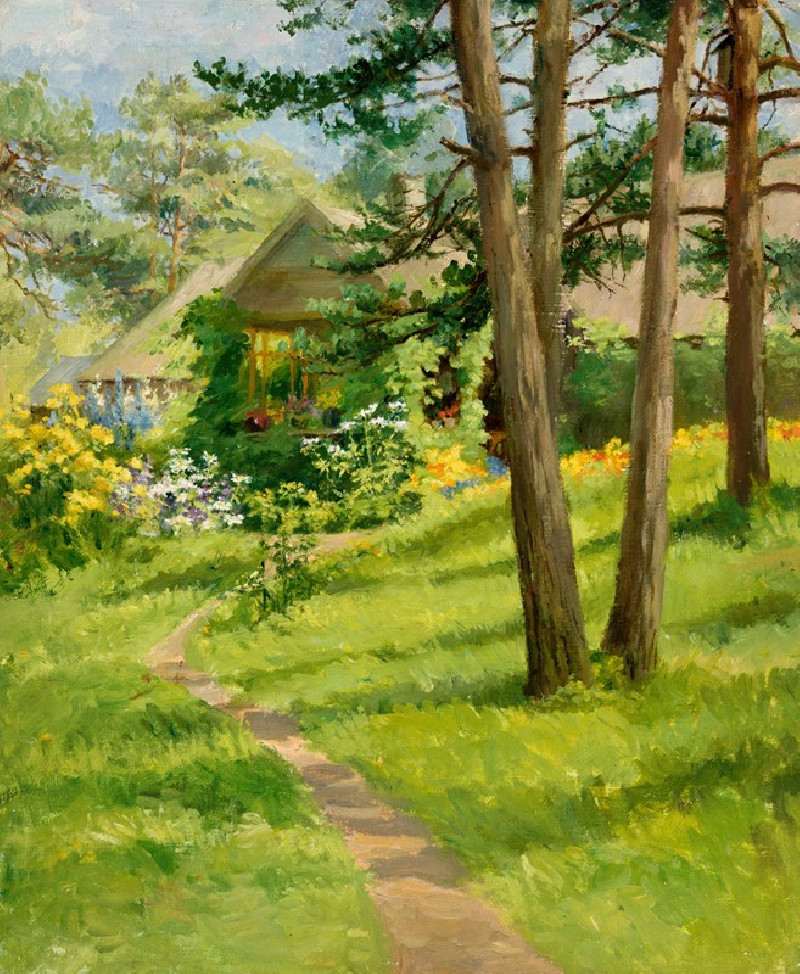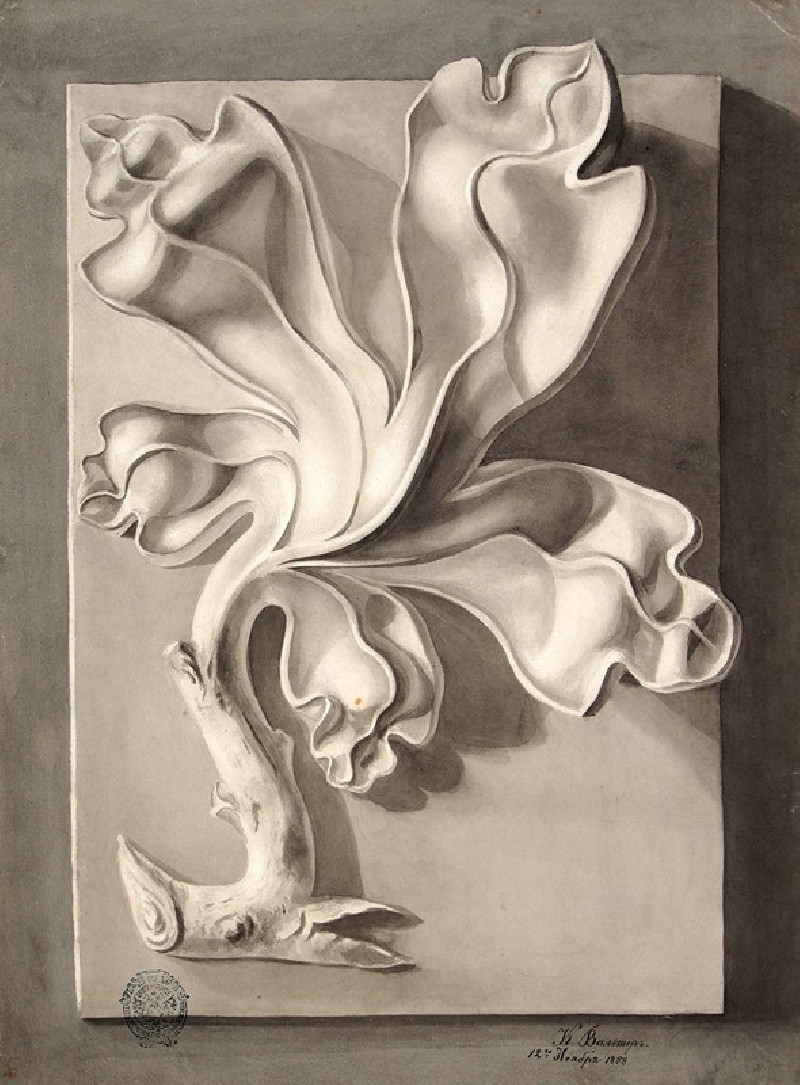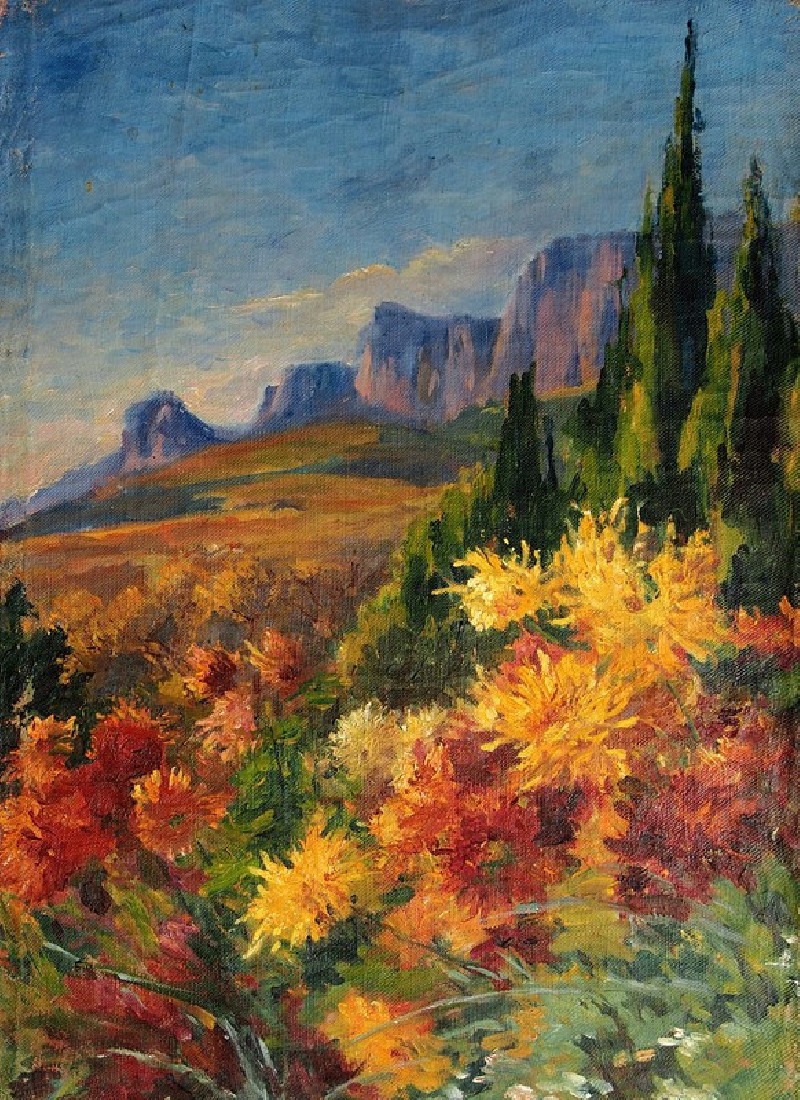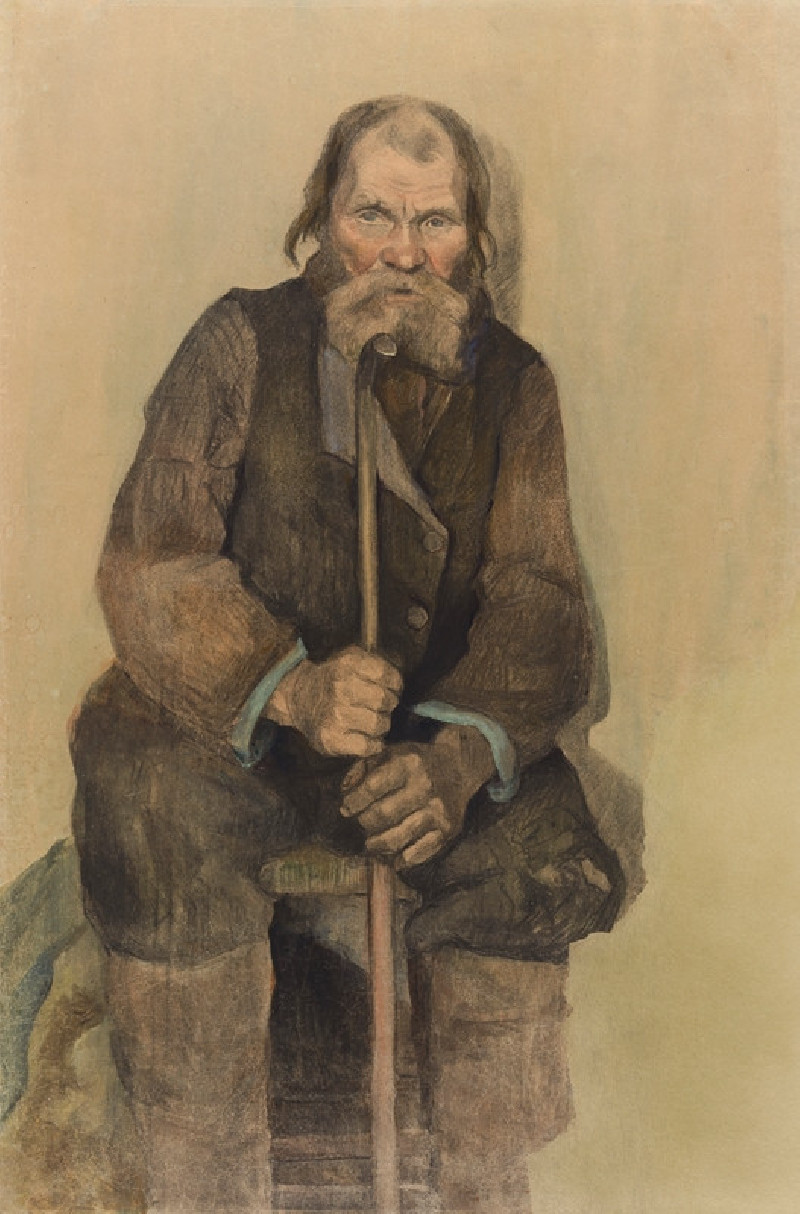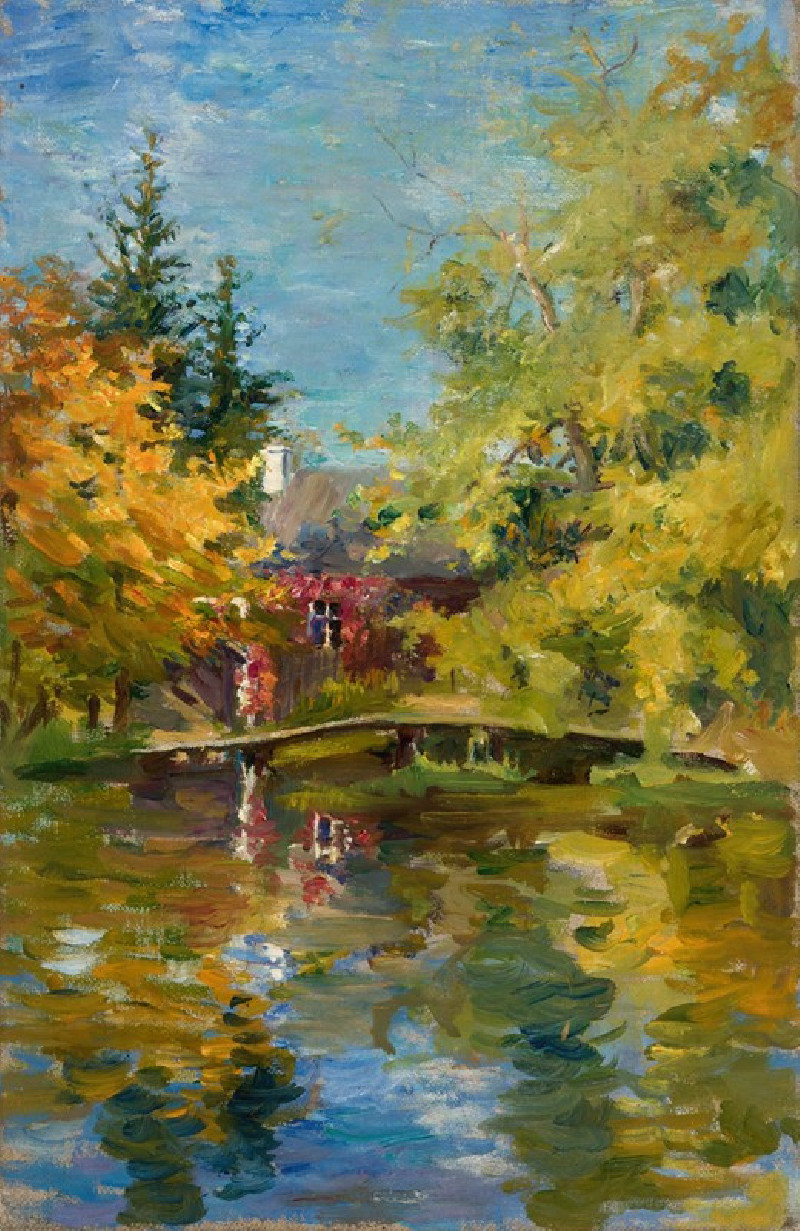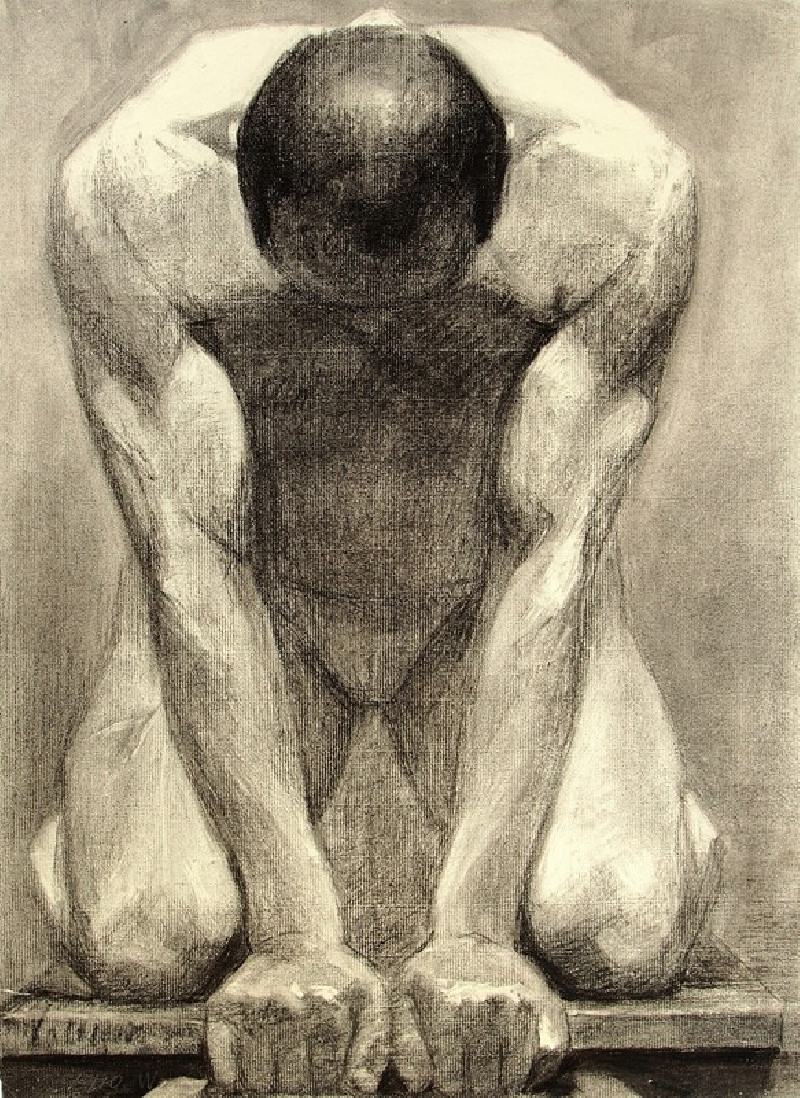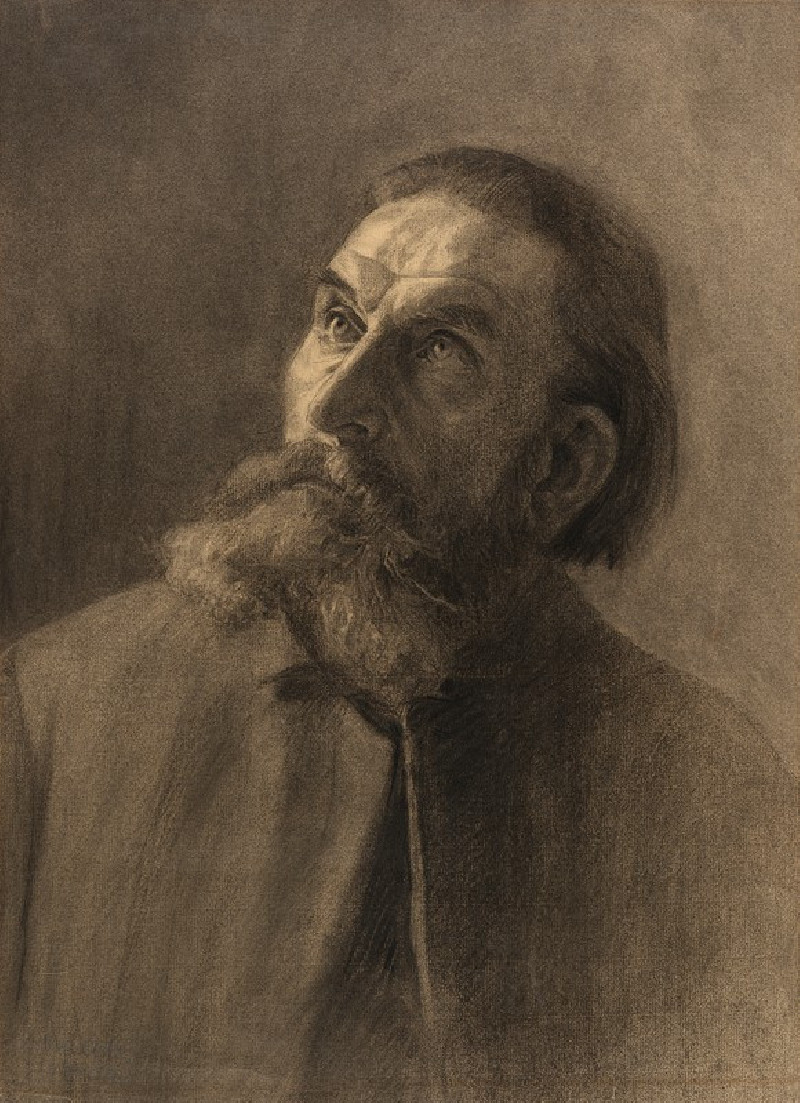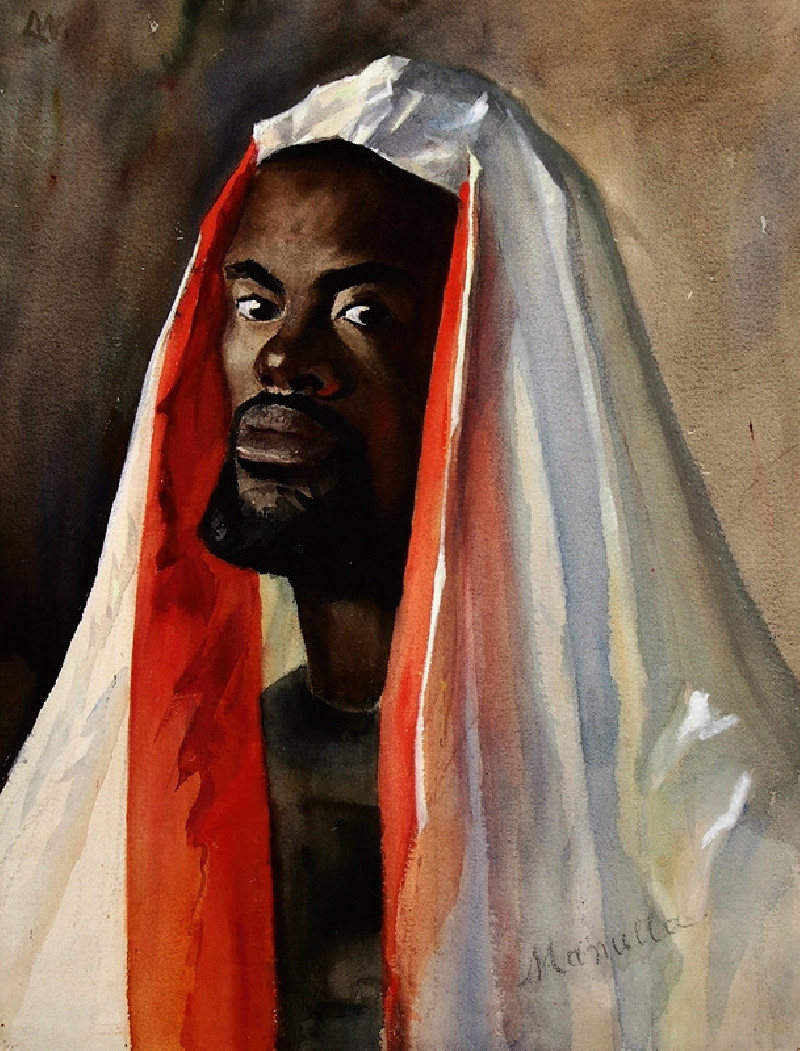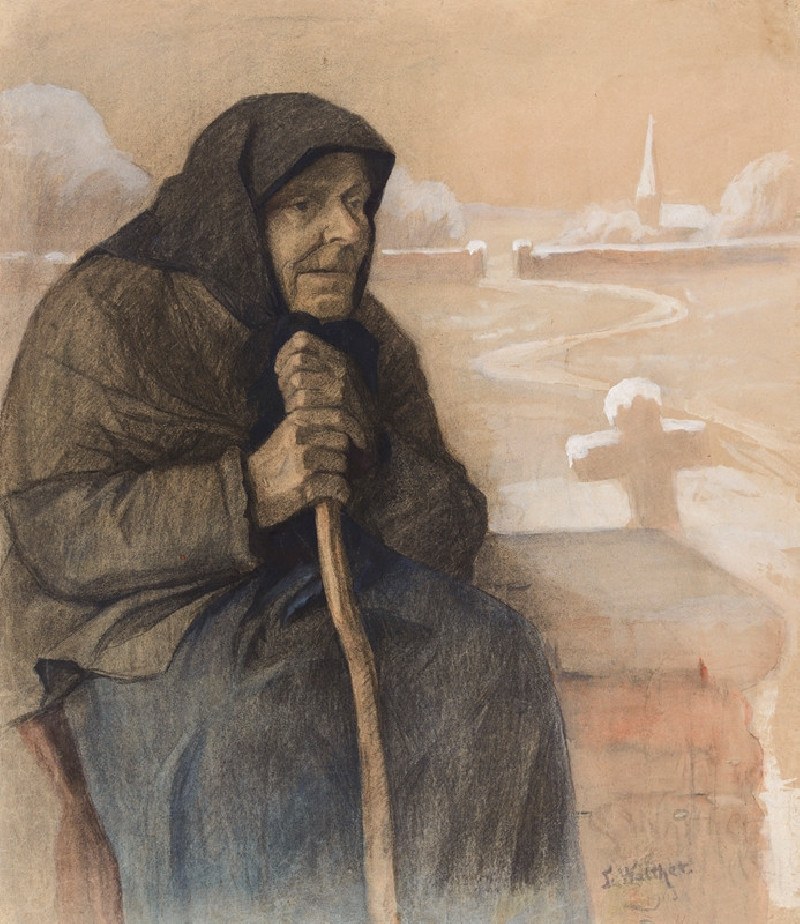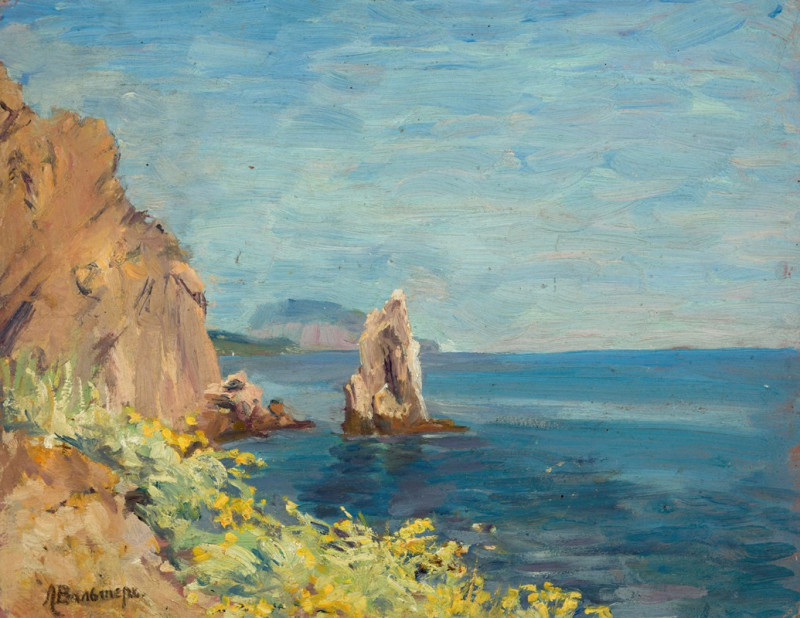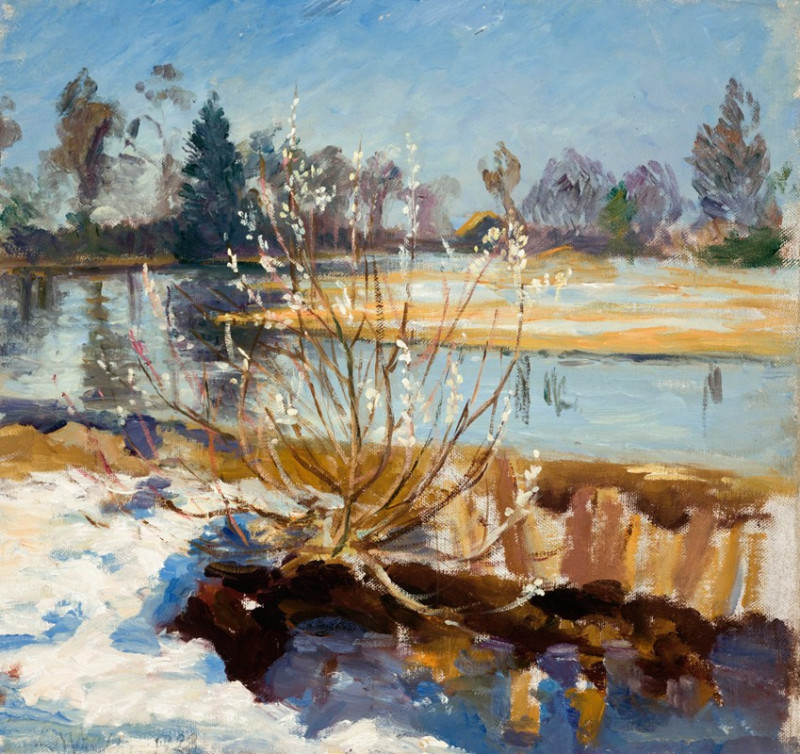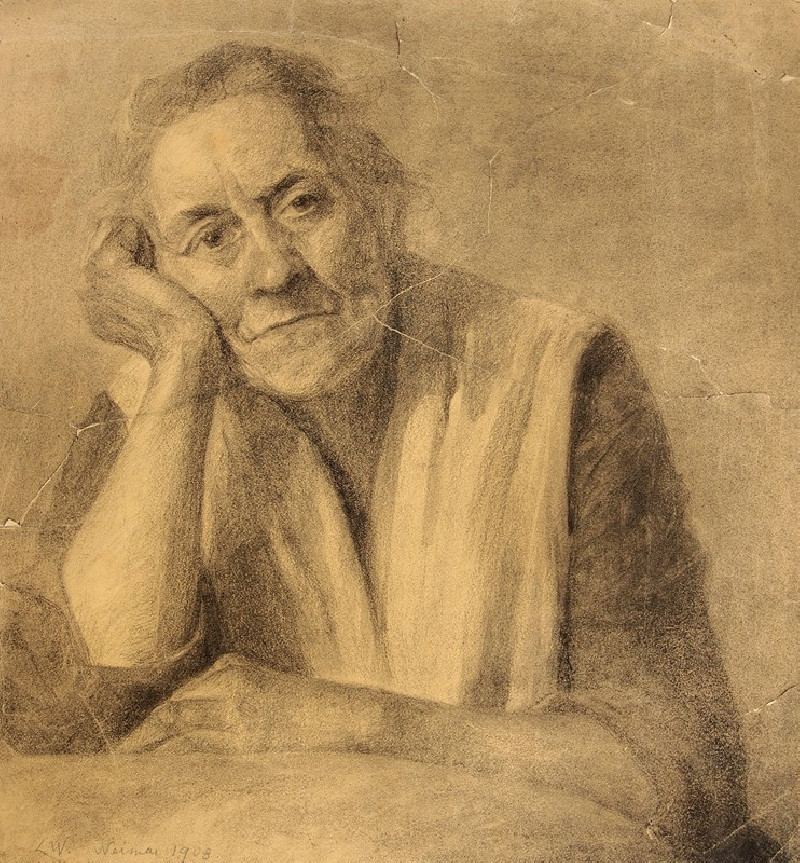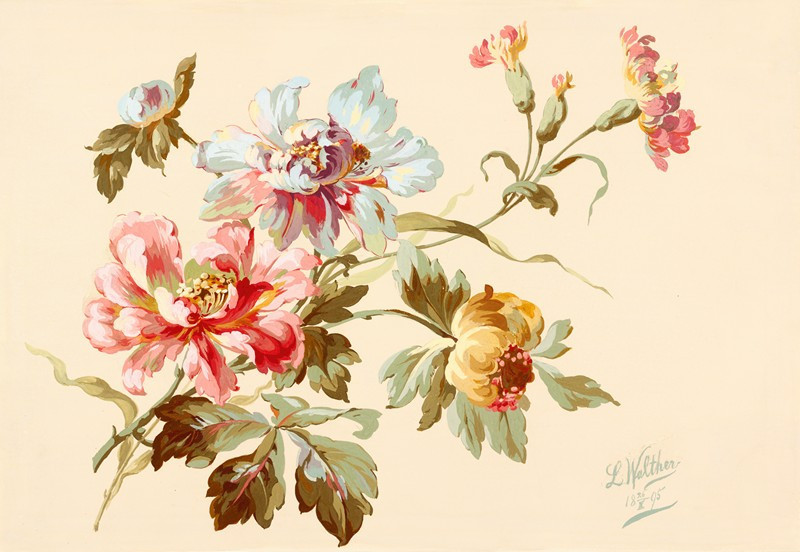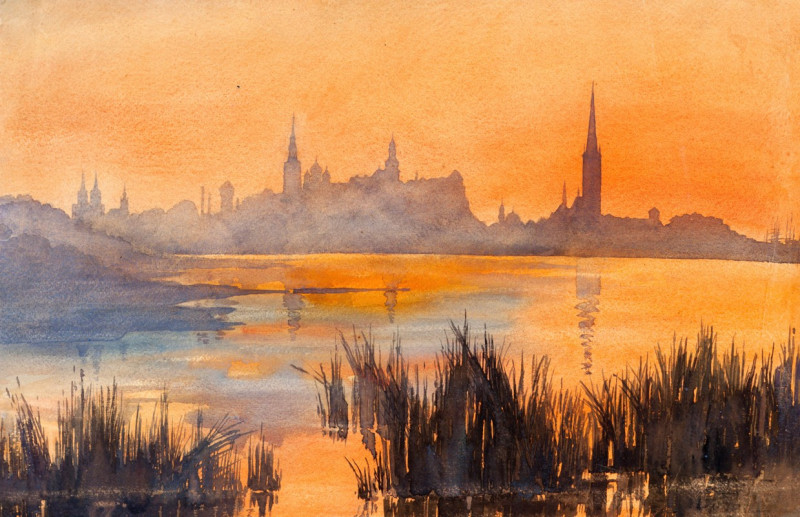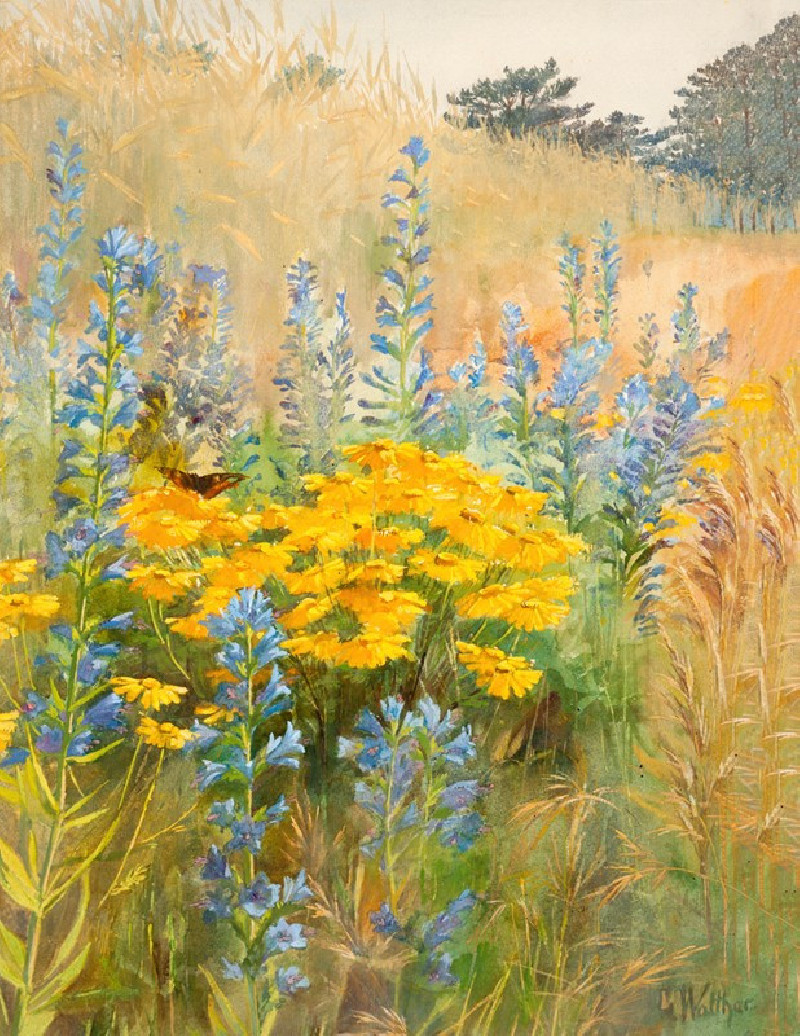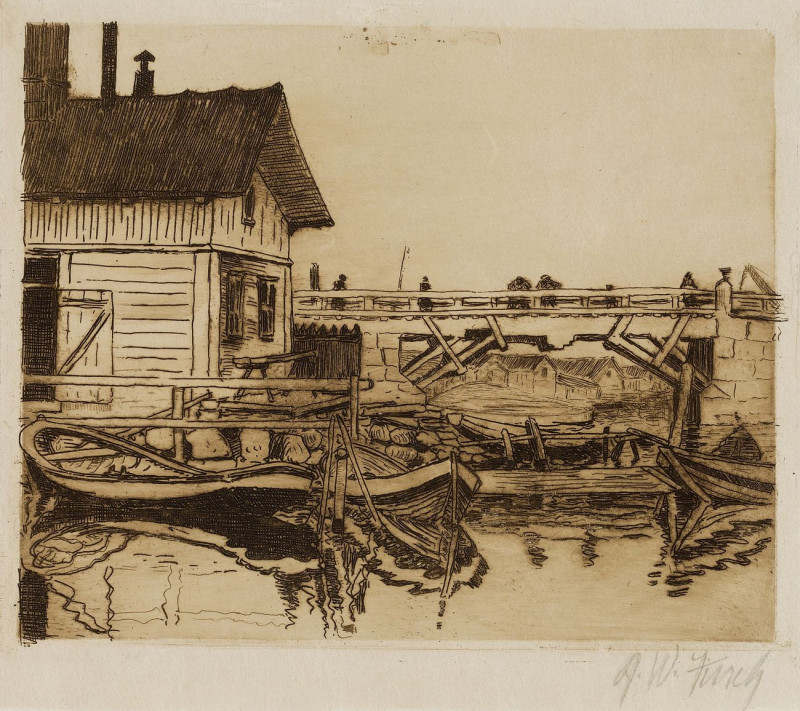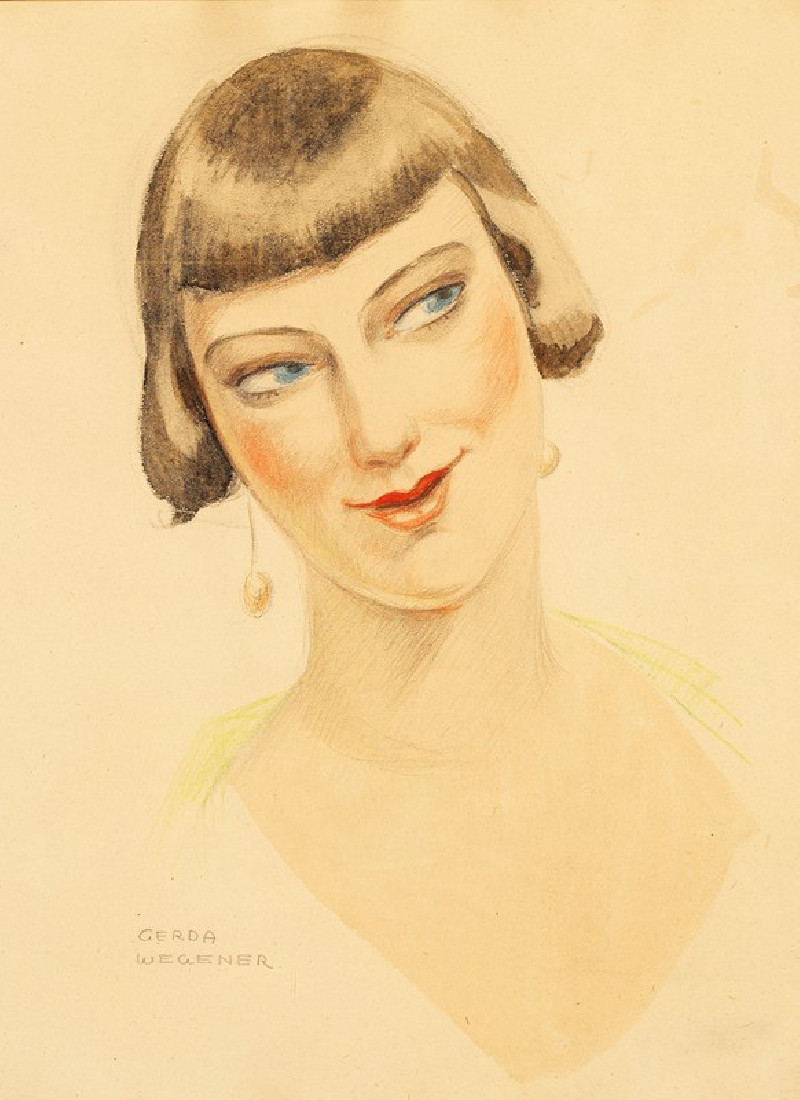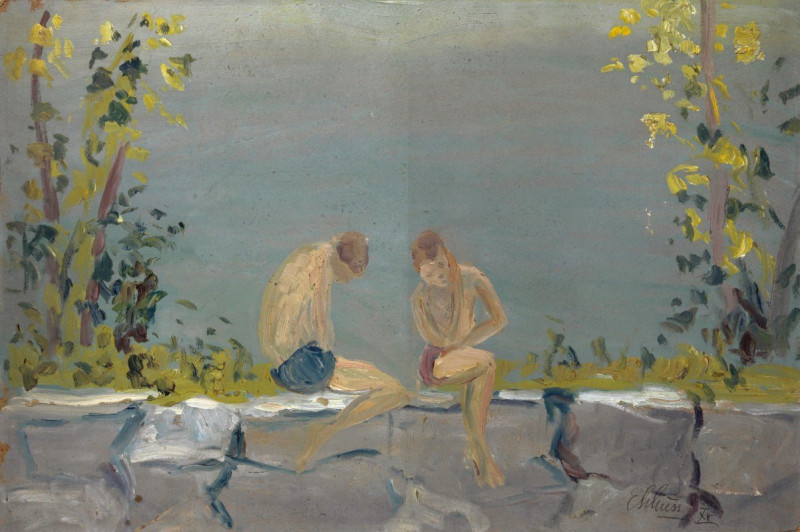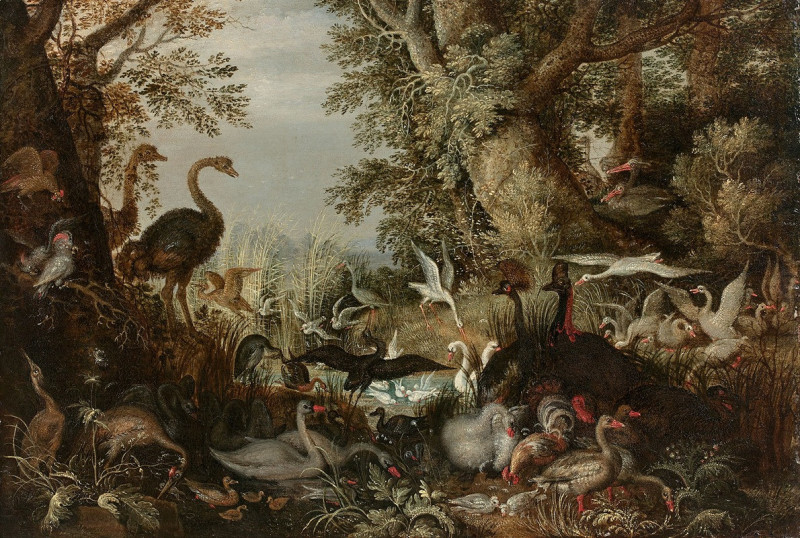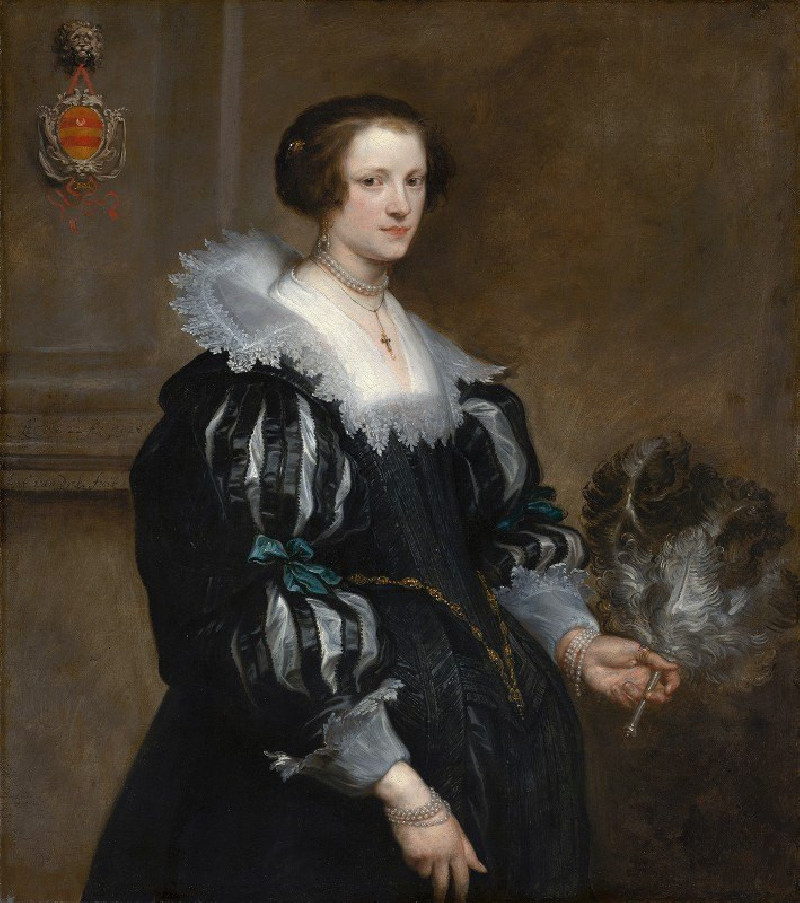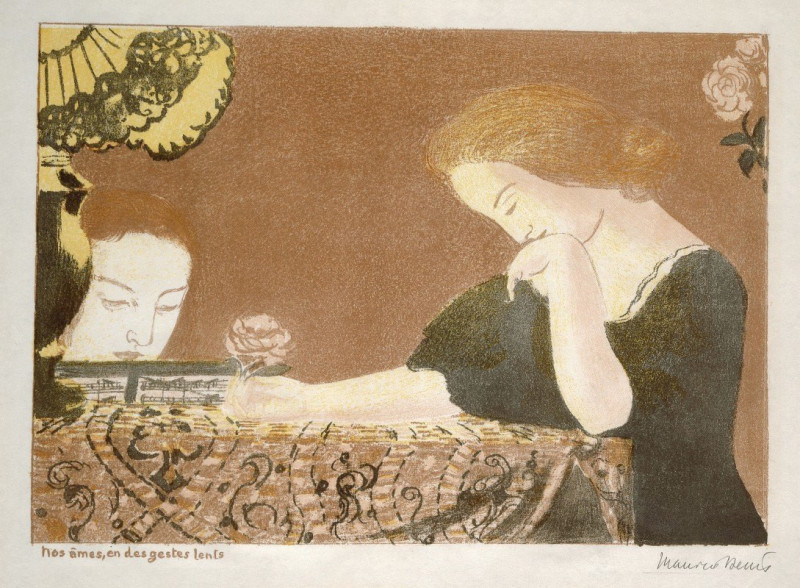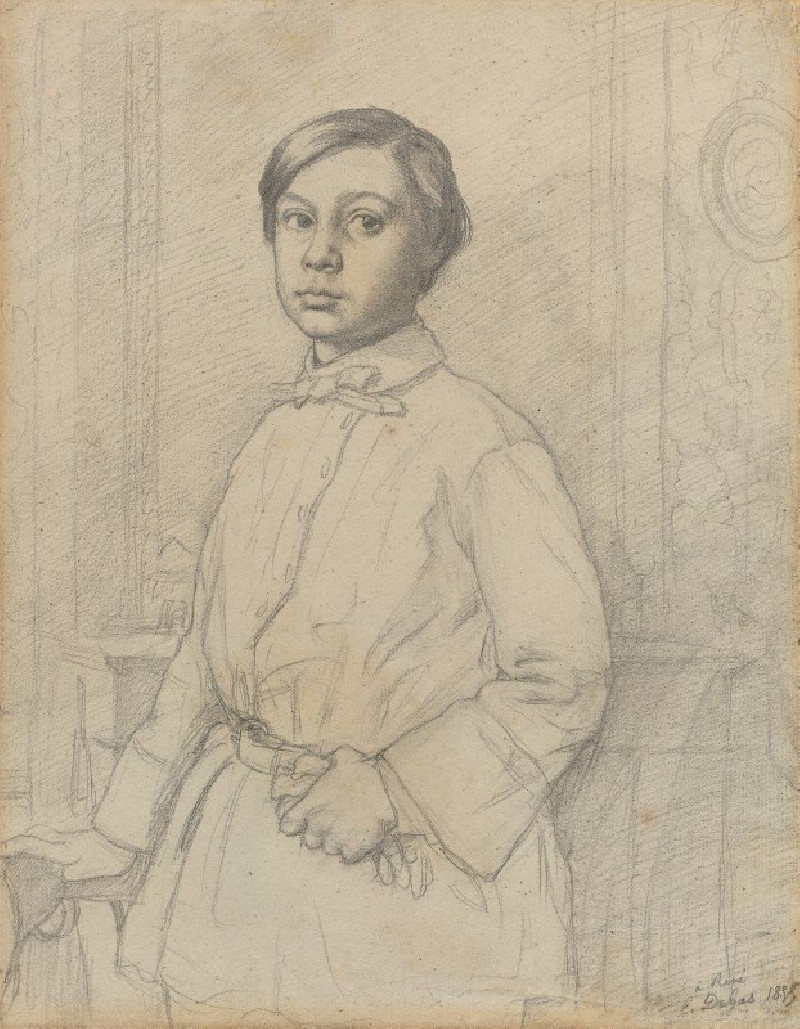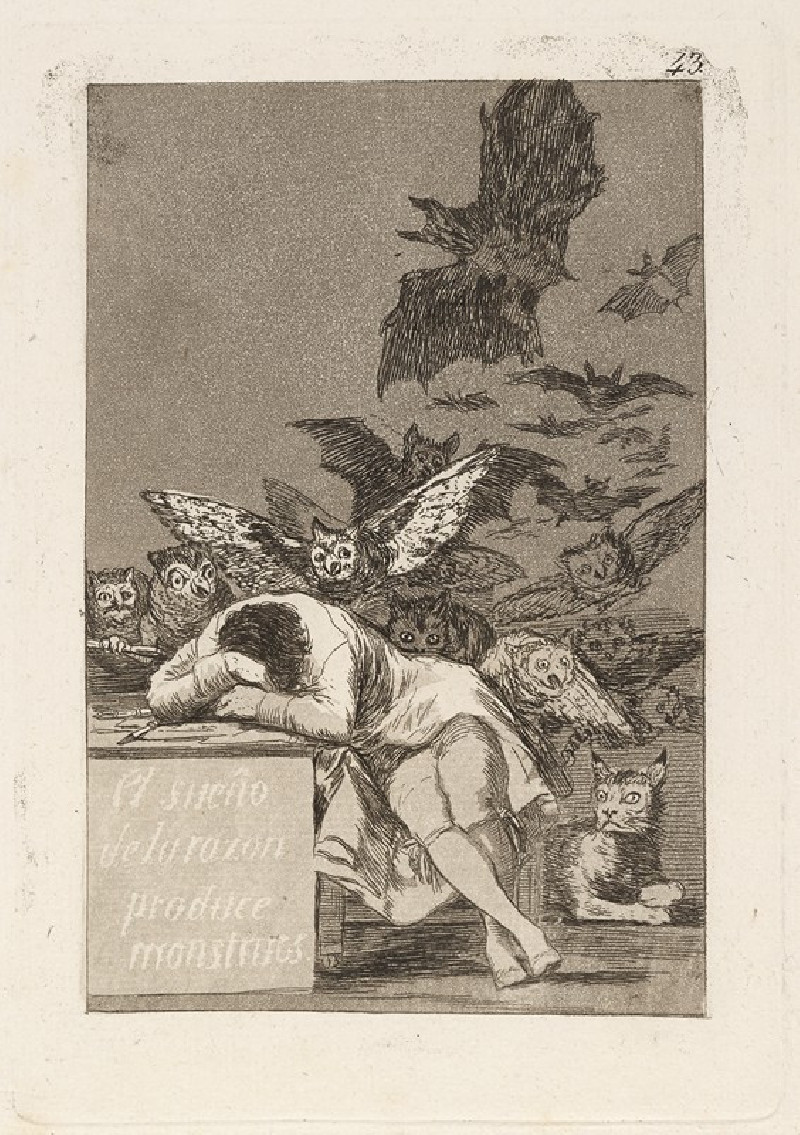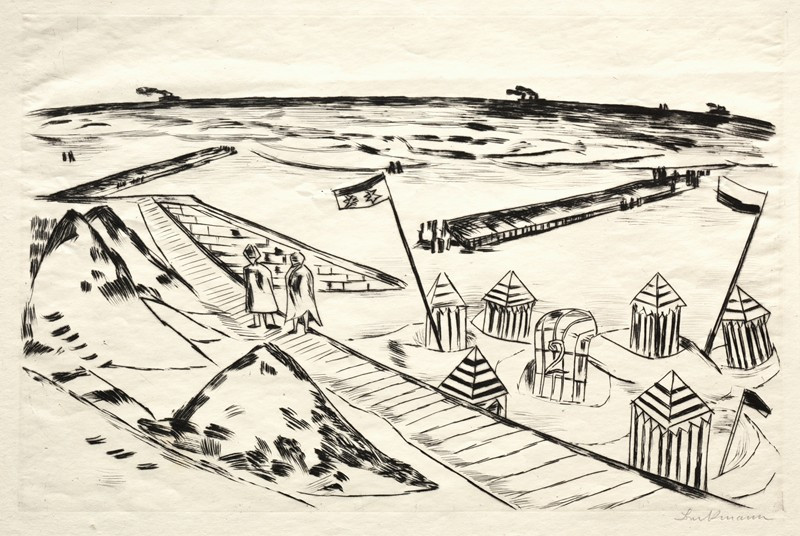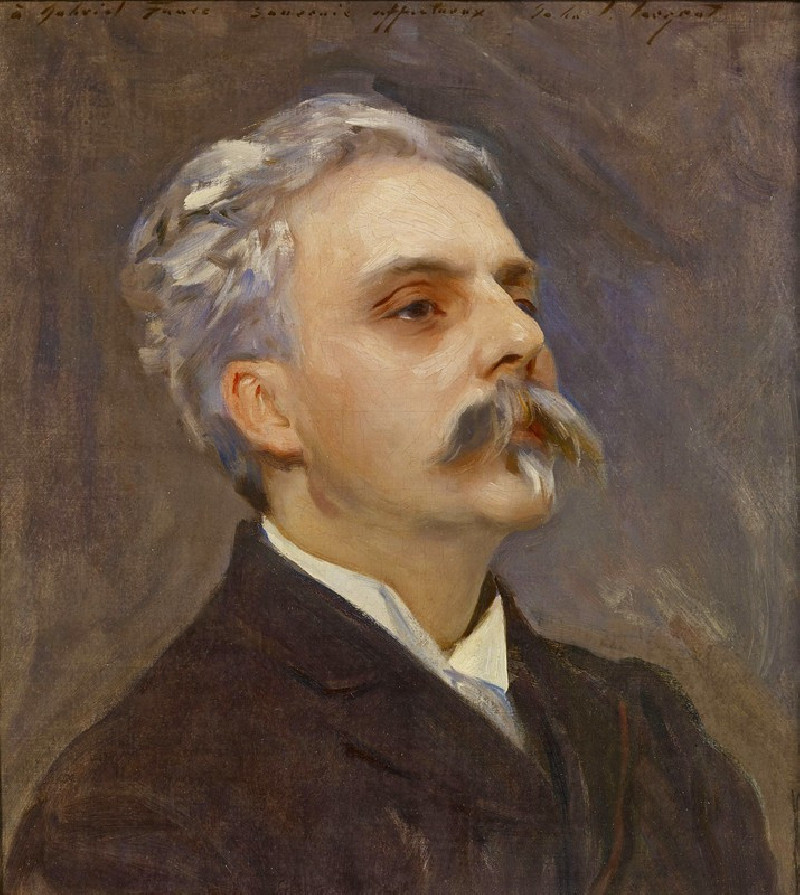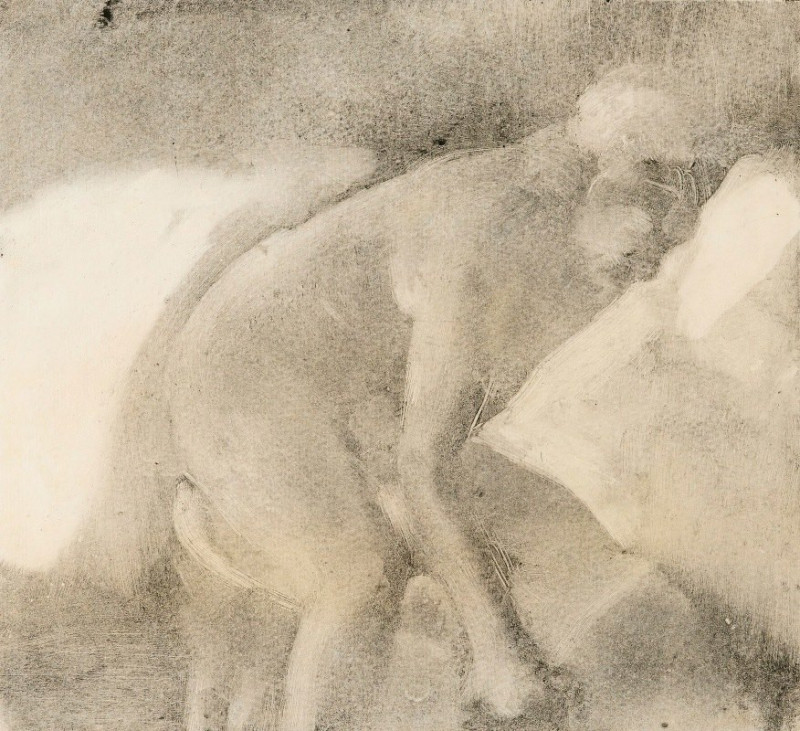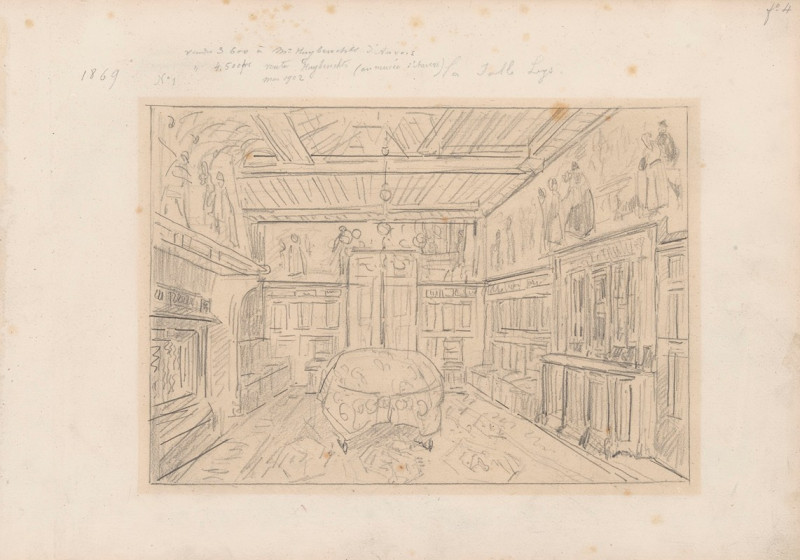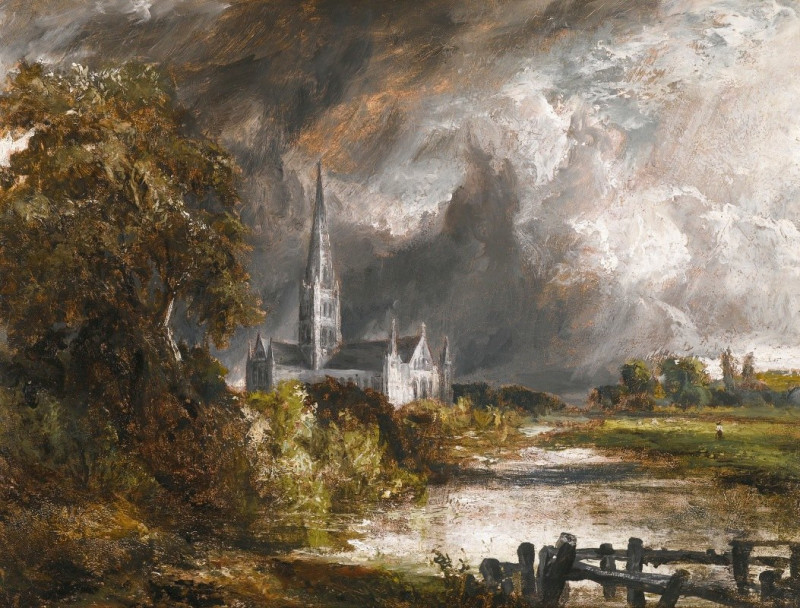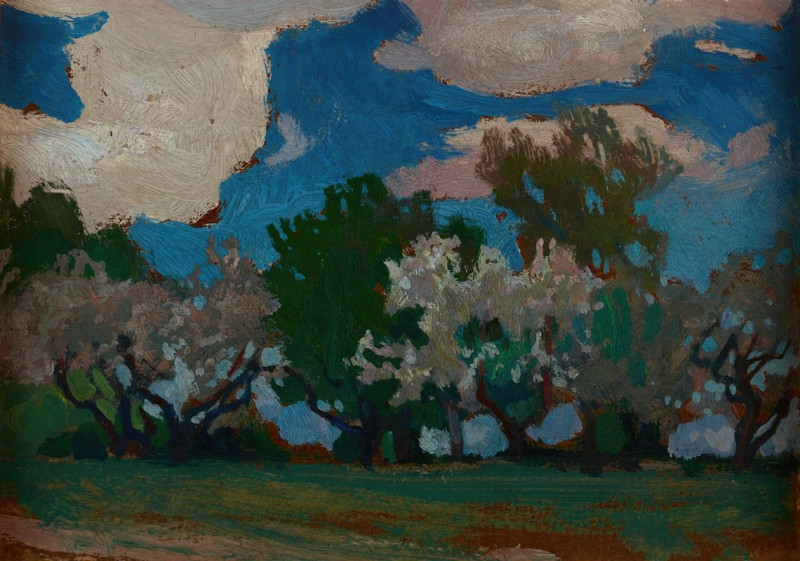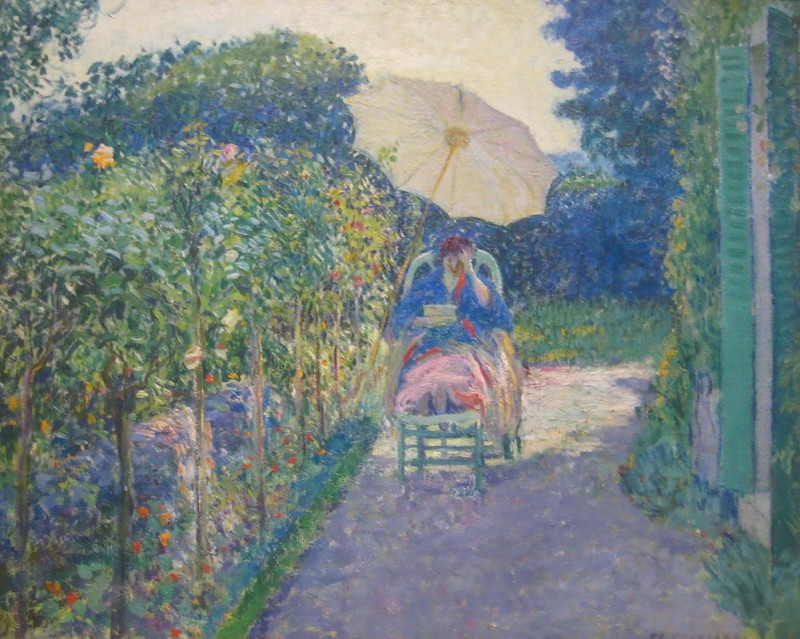Ehissõõr kaladega (1902)
Technique: Giclée quality print
Recommended by our customers
More about this artwork
Explore a serene aquatic dance in Lilly Walther’s enchanting watercolour, "Ehissõõr kaladega," painted in 1902. This captivating piece, round in form, draws viewers into the gentle, swirling waters of an ethereal pond scene inhabited by lively fish. Exquisitely crafted, the artwork features translucent hues and delicate brush strokes that evoke the fluid motion of water and the darting movements of fish.Walther’s composition brilliantly captures the beauty of nature in its quiet moments. Each fish, detailed with individualized patterns and colors, appears animated by the undercurrents, their bodies curved as if in mid-swim. The inclusion of water plants adds depth and balance to the scene, suggesting a hidden world beneath the surface reflections.Rendered on a round canvas, the painting’s form itself mirrors the natural ripples and cycles of the aquatic life it depicts. This choice highlights the continuous flow and interconnectivity of life within this watery ecosystem.
Delivery
Returns
Lilly (Caroline Auguste Bertha) Walther (Valter) was a Baltic German artist and restorer.
She mostly Created flower and landscape pictures, still lifes and portraits (both oil paintings and watercolors ). The artist's ability to capture character is manifested primarily in drawings depicting children and portraits of Estonian peasants. SHe also worked in the field of ceramics and leather and textile art. In 1905 she participated in the design of the art salon of the Kluge & Ströhm bookstore in Tallinn.

